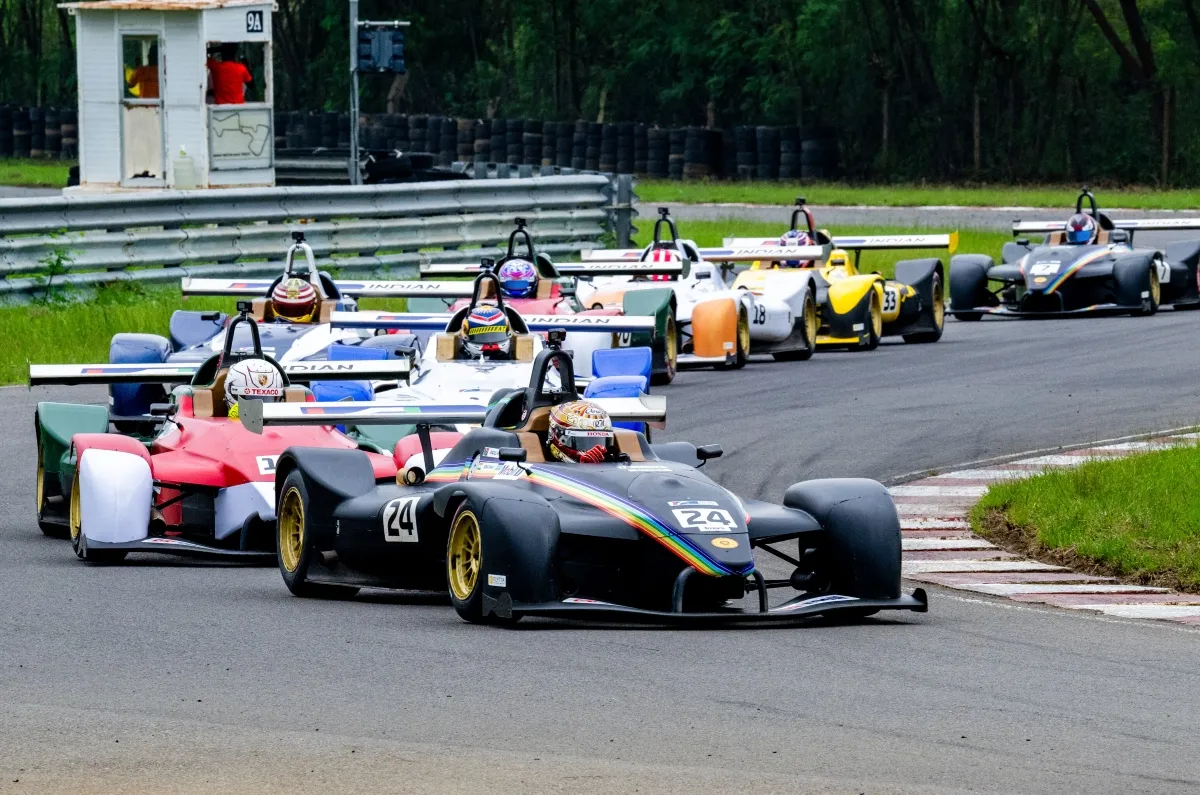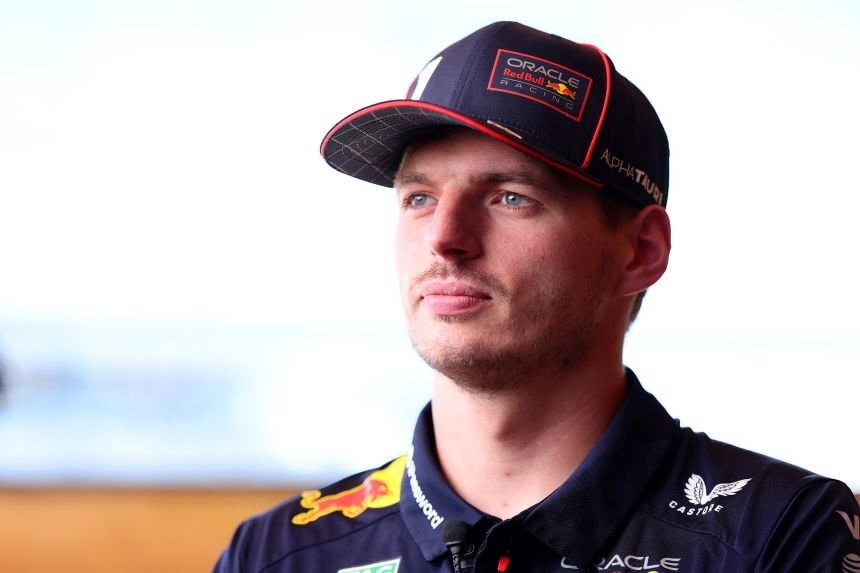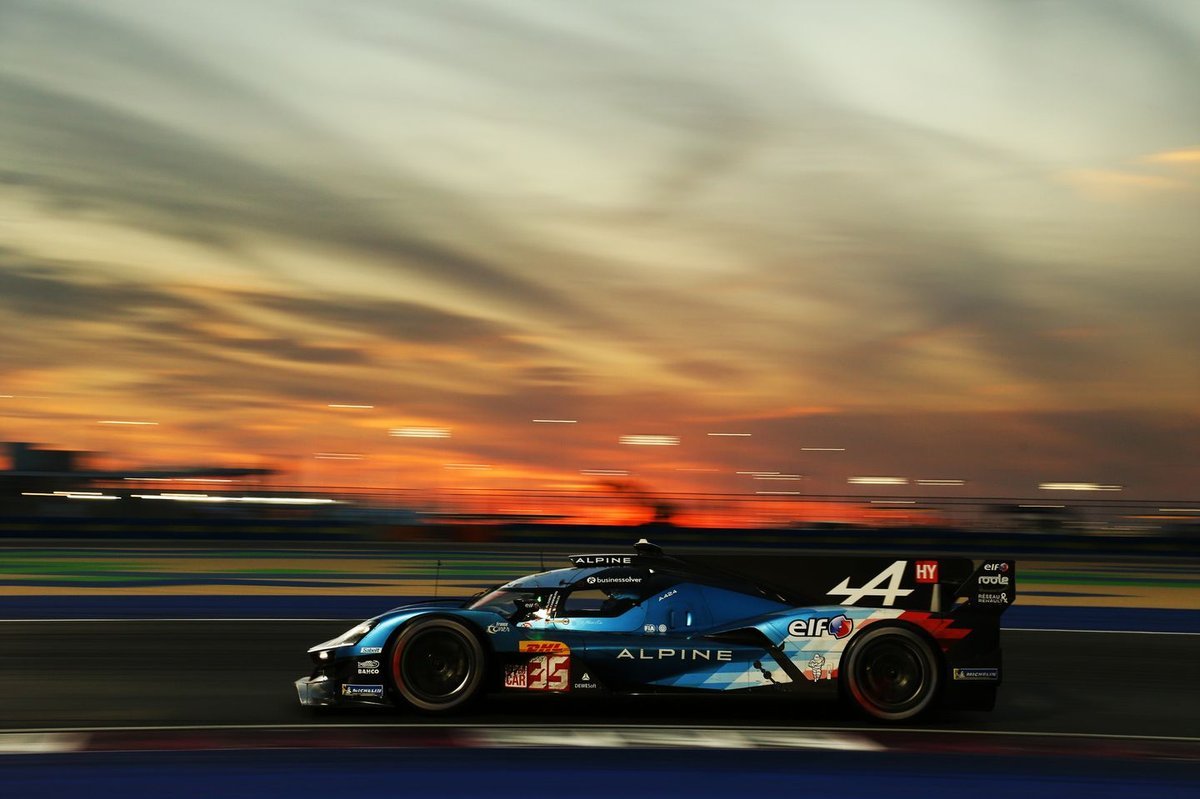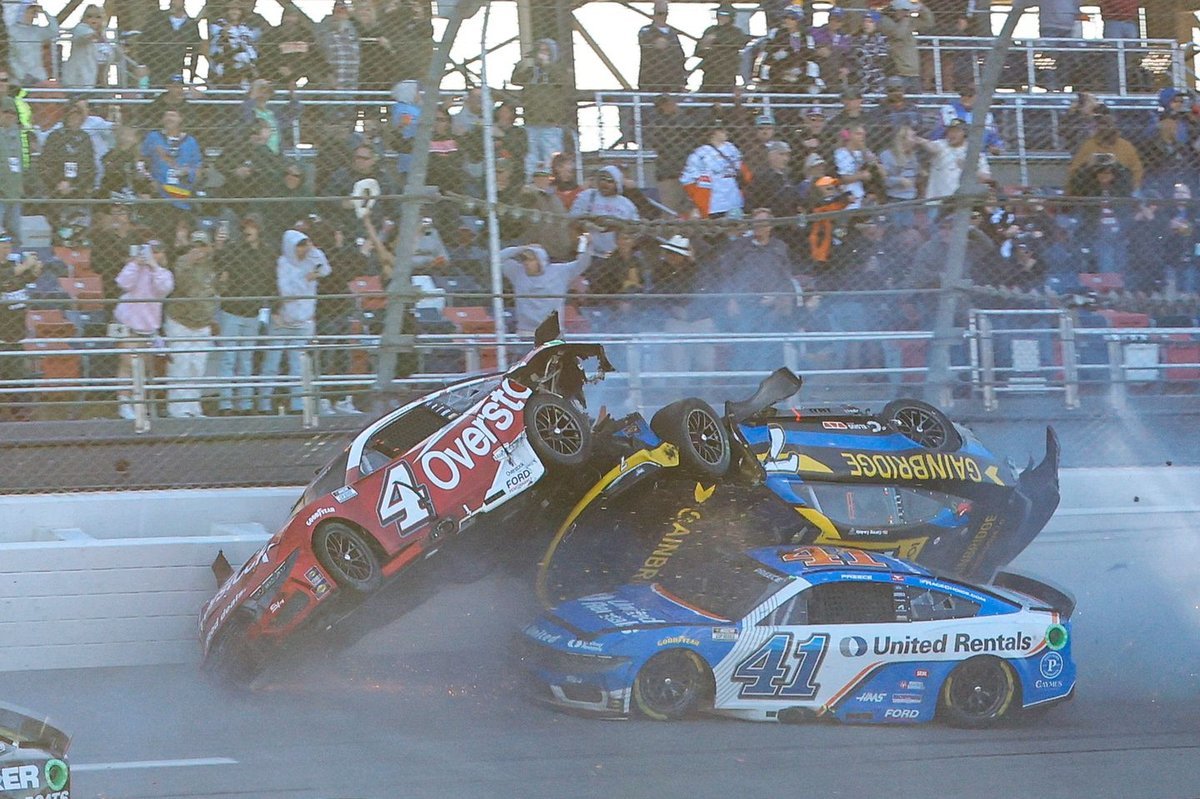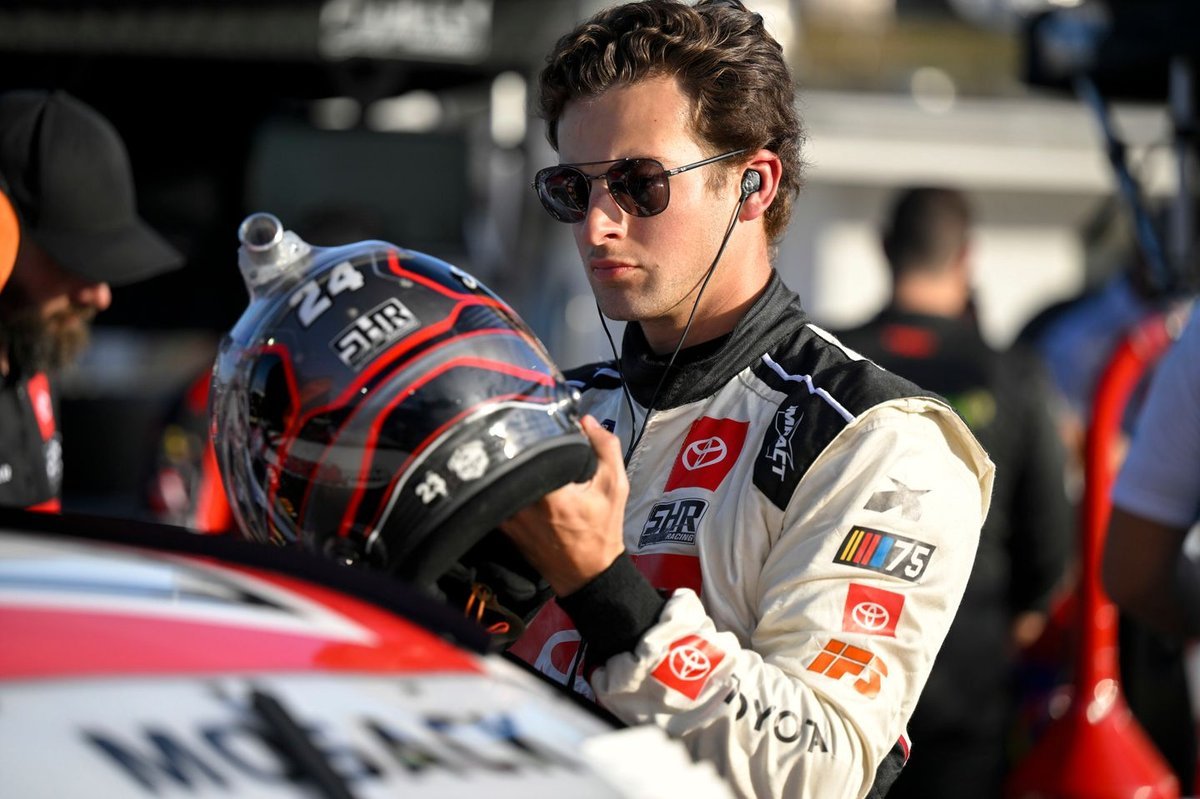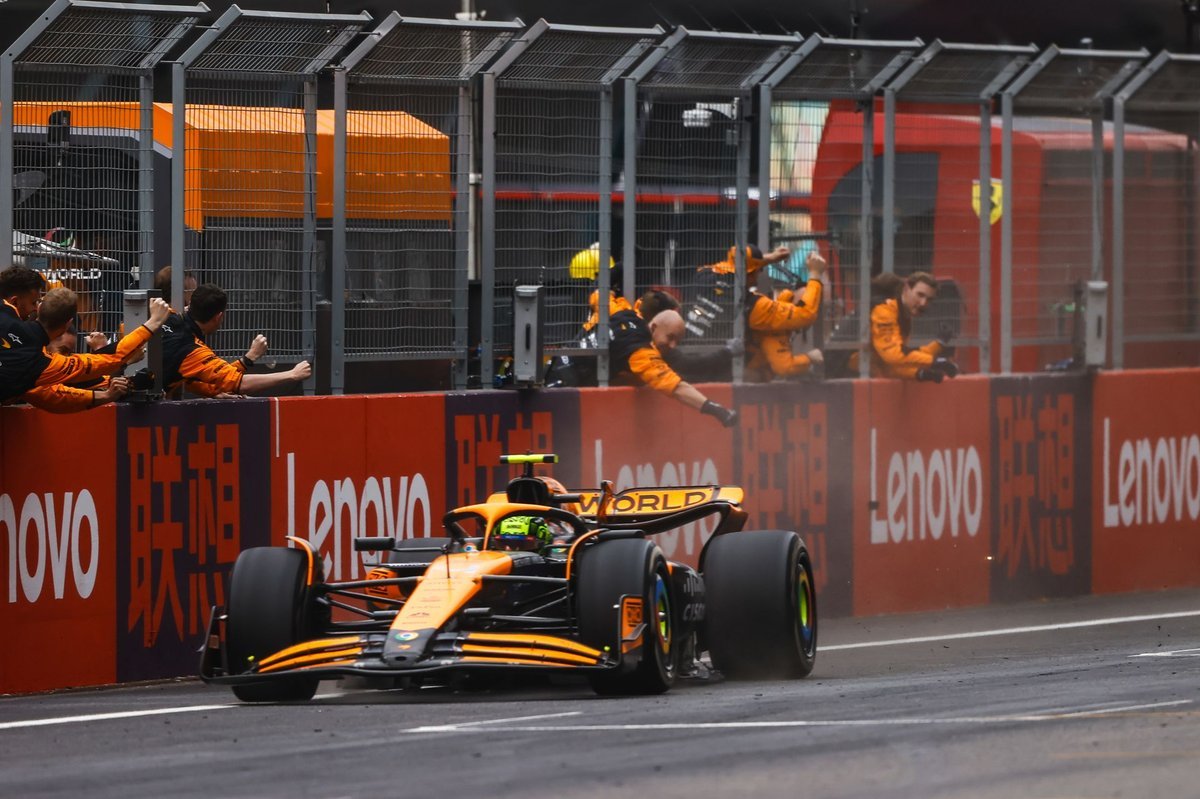
Source – Last Word On Sports
Accusations are swirling around Red Bull Racing once again, this time regarding an alleged technical advantage related to the controversial “floor height bib trick.” According to prominent Dutch journalist Erik van Haren, whispers have been circulating in the paddock that some of Red Bull’s rivals believe the reigning champions are pushing the limits of the regulations with a clever interpretation of the rules governing the car’s floor height.
The so-called “bib trick” involves a delicate balance between the minimum allowed floor height and the downforce generated by the car, and according to van Haren, several rival teams suspect that Red Bull might be exploiting this area to gain a performance edge. This technical gray area could, in theory, provide their drivers with greater downforce and stability without breaching any obvious regulations on paper. However, despite the suspicions, no conclusive evidence has emerged to substantiate the claims.
Red Bull, predictably, has been quick to dismiss the accusations. A spokesperson from the team firmly rejected the notion that they are using any such trickery, insisting that their car is fully compliant with the technical regulations. The team’s stance is that their success is purely the result of superior engineering, driver skill, and relentless hard work, not a questionable loophole in the rules.
The scrutiny surrounding the issue has only heightened as the championship battles continue to intensify. Red Bull’s dominance, particularly over the past few seasons, has been a subject of constant analysis and speculation. Every aspect of their car design, from the aerodynamics to the power unit, has been dissected by their rivals in hopes of uncovering the secret to their continued success.
In the competitive world of Formula 1, such accusations are nothing new. Teams are often on the lookout for any possible advantage their competitors might be gaining, especially when a particular team—like Red Bull—consistently outperforms the field. History is rife with examples of technological innovations being called into question, only to be later proven legal or adjusted through clarifications in the rulebook.
While Erik van Haren’s report has certainly stoked the fires of intrigue, the lack of tangible evidence thus far makes it difficult to determine whether these accusations will gain any real traction. For now, Red Bull remains adamant in their defense, standing by the legitimacy of their car’s design and brushing off the claims as nothing more than baseless speculation. Until solid proof emerges, this remains yet another chapter in the ongoing game of cat and mouse between Formula 1’s top teams, where every millimeter and every innovation can become a point of contention.
As the investigation unfolds, the paddock will no doubt keep a close watch on any developments, but for now, Red Bull remains focused on the race ahead, confident that their advantage comes not from any trick, but from sheer performance. The question is, will their rivals find the smoking gun they’re looking for, or is this just another case of sour grapes in the relentless world of Formula 1 competition?

